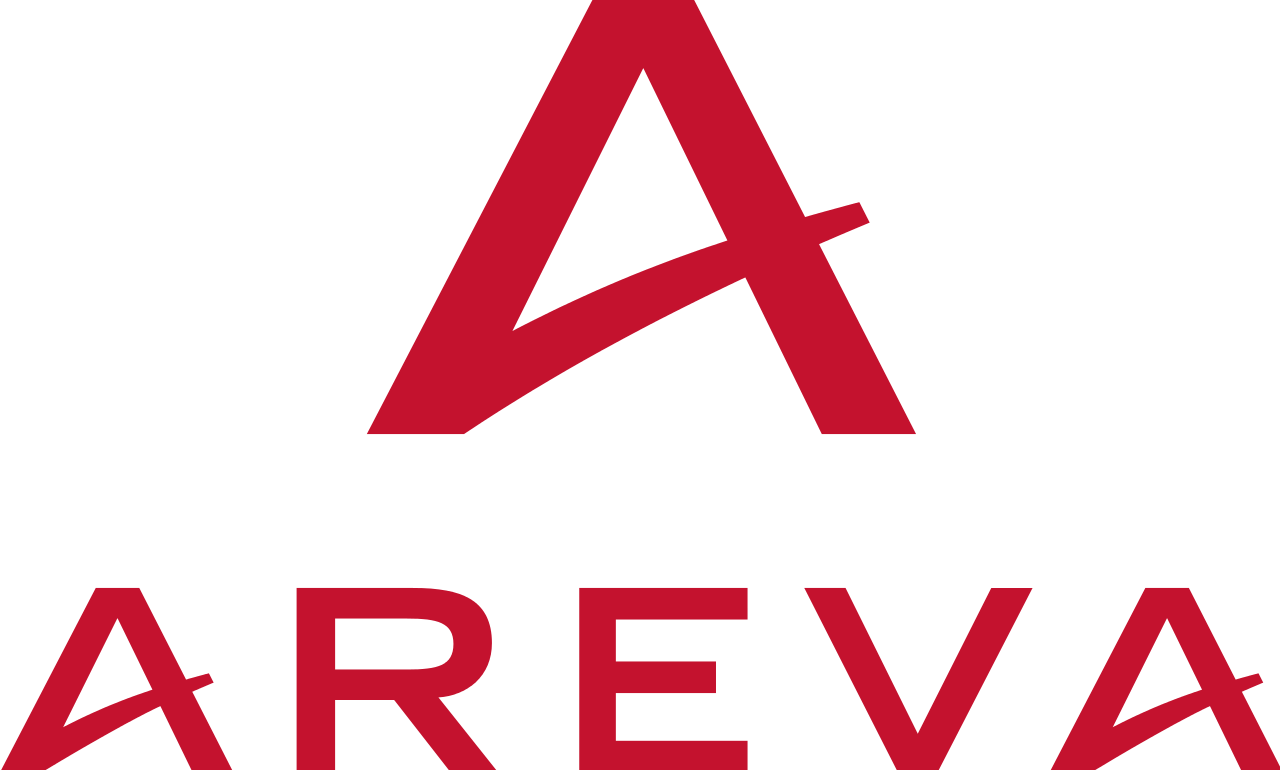Treatment activity:
During this period, the plants treated 3 tons of spent fuel.
From all treated assemblies, a total of 326,5 tons have been processed to date this year.
During this period, 13 canisters of vitrified fission products have been produced(1) in R7 and 10 in T7, vitrification facilities. Since the beginning of the year, 363 canisters have been produced.
The facility of hulls compaction (ACC) produced 15 canisters of compacted residues. Since the beginning of the year, 495 canisters have been produced.
The actuality, it is also...
...Third transport of vitrified waste from France to the Netherlands
28 canisters of vitrified wastes left, on May, 2nd, the TN International's railway terminal of Valognes to the COVRA storage facility in Vlissingen (Netherlands). It was a shipment of 14 tons of vitrified residues, which represent the ultimate residues of 49 uran tons and allowed to supply more than 2 millions of Dutch with electricity during one year.
(1)The fission products (ultimate residues of spent fuel) are incorporated in heated glass to approximately 1100°C. The whole is poured in stainless steel containers. The fission products are an integral part of stable, compact and resistant glass. This process is called vitrification.
